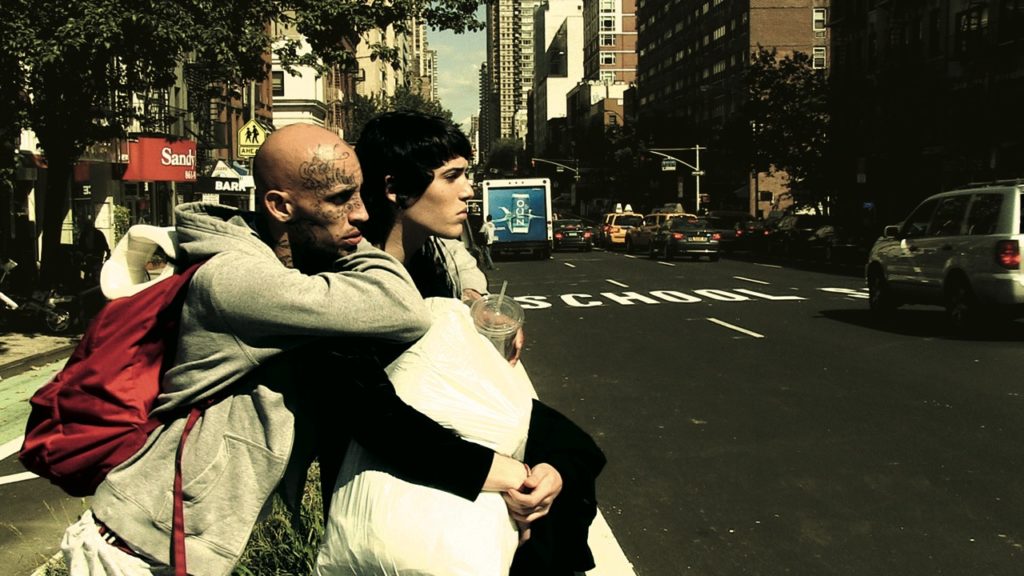 Ekaj is the name on everyone’s lips right now. The independent feature film is currently screening globally, making waves across the film festival circuit since 2015. Audiences everywhere are unable to stop themselves from falling in love with everything about the film. The story centres around Ekaj (Jake Mestre) and Mecca (Bad Idea), two rejected individuals ostracised from society, who find a home in one another whilst desperately trying to survive.
Ekaj is the name on everyone’s lips right now. The independent feature film is currently screening globally, making waves across the film festival circuit since 2015. Audiences everywhere are unable to stop themselves from falling in love with everything about the film. The story centres around Ekaj (Jake Mestre) and Mecca (Bad Idea), two rejected individuals ostracised from society, who find a home in one another whilst desperately trying to survive.
The feature is set on the streets of New York, where writer and director, Cati Gonzalez moved in 1990 after growing up in Barcelona, to pursue a career in photography. Cati’s ridiculous portfolio speaks for itself. Shooting icons including Adam Ant, Notorious B.I.G., Pharell Williams, and Solange Knowles to name a few. The visceral sexy style of her photography transfers beautifully onto the big screen for her debut feature.
Despite Cati’s star studded career, she’s never lost sight of real people or real life, something which is clear to see when watching Ekaj. Rather than using trained actors, she casted “non-actors” who in one way or another could relate to their characters. This adds a whole other dimension to the film, especially when you consider the nature of the issues challenged throughout. Ekaj is a raw exposure of grim realities, still relevant today. The film offers an exploration of themes such as poverty, gender identity, LGBT individuals, the family unit as well as the absence of it, HIV, AIDs, and addiction. Often films which deal with these subjects in such an honest way don’t get the exposure they truly need and deserve. However, Ekaj’s stunning cinematography combined with the cast’s performances left audiences wanting more. Rightly so, Ekaj has received outstanding reviews as well as screening globally. But what’s next for Ekaj?
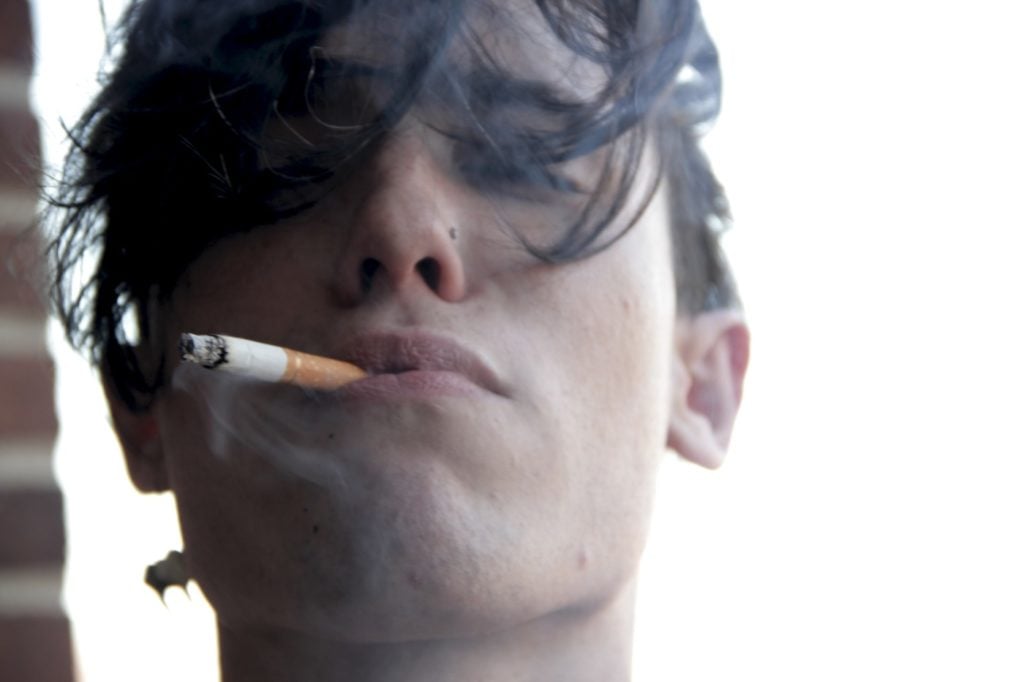
Ekaj confronts a number dark issues. What was the motive when you started writing?
To bring light to the issue of the youth that live in poverty, with lack of support and love, especially those who turn to drugs to self medicate their pain. I wanted to make a film inspired by Midnight Cowboy, a film about the discarded, the drifters that have so much potential but never get a chance to fulfil it. Most of the youth today consume drugs and alcohol socially at some point and that should say something about society today in general. Although, it’s most enhanced in the LGBT community because of the level of rejection and the number of runaway teens. In essence, all youth strive for love whether they are straight or gay. If they don’t have it at home or at school they fall into depression, drugs and alcohol. Even thought it might ease the pain temporarily, it becomes their destruction eventually.
These are the kids that I believe could be great artists but have a hard time surviving. Once they get on drugs they become an easy target since you are more likely to say yes to things you would never say yes to while being sober. And HIV/AIDS is not forgiving, most kids don’t think it’s going to happen to them and look at others that have HIV or AIDS as different or lesser persons but it can easily happen to them overnight. People with HIV and AIDS were those innocent kids yesterday, and that’s what the youth doesn’t see.
In our movie Mecca (Bad Idea) is that kid, who’s hopes and dreams were gone in one day, and 10 years later he is just existing, drowning his pain and trying to cope with his broken heart.
I worked as a photographer in the fashion business since the ’90s and many of my friends and co-workers died of AIDS. A lot of them were artists, stylists, make-up artists, agents, etc. Today we think that just because people with HIV can get medication, that people don’t die and this is not true. The medication may give you some life extension but it’s very tricky and it has to be constantly monitored to make sure it’s working, and not all make it through. Like one of the actors said to me: “What do I do if there is a catastrophe and I can’t get my medication? Do we go back to the quarantine bubble?” I find that too many of the youth has HIV these days, many more than in the ’90s and there is no one talking about it.
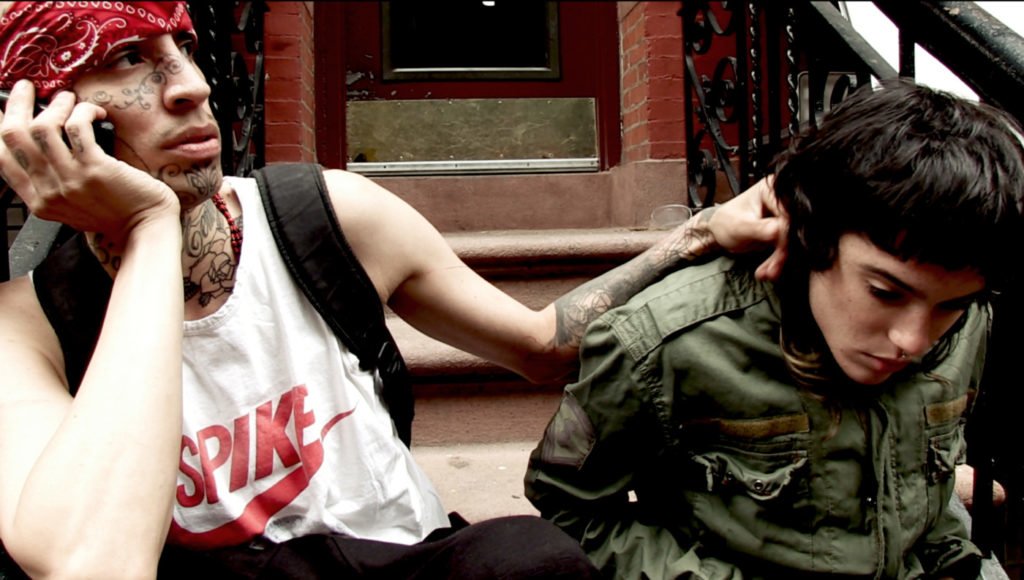
The on-screen chemistry between the two leads, Ekaj and Mecca, feels too real. Was there a strategic process for casting such challenging roles or did this happen naturally?
Casting is something that I have been blessed with. I worked as a photographer for 20 years and I have a lot of experience doing it. It wasn’t just Ekaj and Mecca that had good chemistry but a lot of the cast became friends right away, and have kept in touch after the film was finished.
It was more of a feeling than a strategy to put them together, I just thought they would like each other and in some instances, I was even surprised of the friendships they developed.
The entire film was casted with a lot of love for the characters. I picked all the cast knowing they would understand the characters very well, as many of them had lived similar story’s themselves. Their relationships backstage I believe reflected the fact that they had a lot in common.
Visually speaking Ekaj is raw and striking. What were the challenges you faced getting the shots you envisaged, whilst filming in the hustle and bustle on New York City?
The challenge was to get background people without having their faces being seen in the shot, since we couldn’t afford to pay extras. I relied on my experience as a Photographer.
I was as a fashion photographer for 20 years doing fashion stories and portraits of celebrities. The visual style in the film is the same that I’ve always had in my photography throughout the years. To tell you the truth, I really don’t think about how I am going to get a shot. I just follow my gut and shoot. It was just the raw beauty of Jake and NYC together.
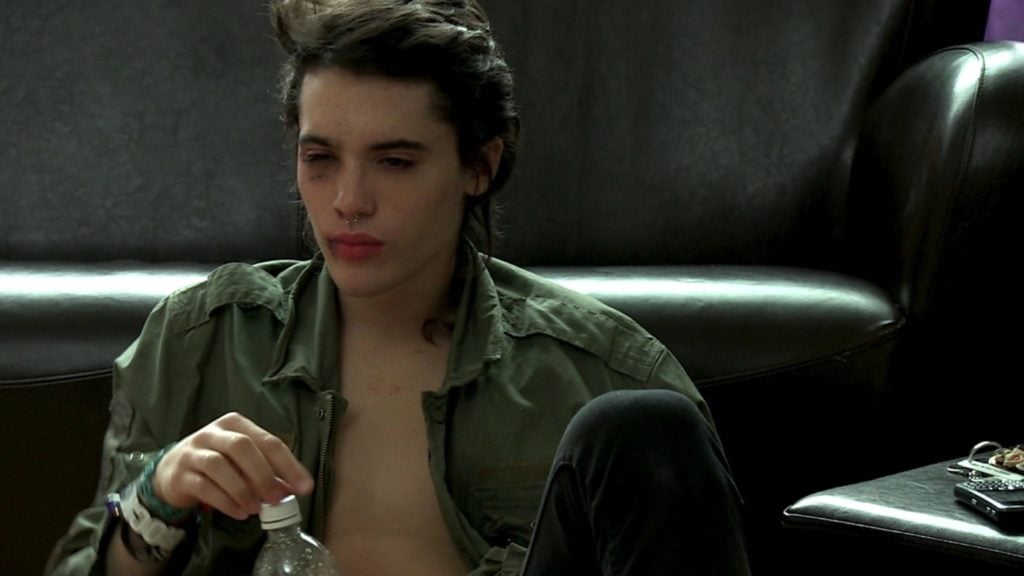
The actors in Ekaj could relate to their characters in one way or another, whether it be through their own experiences or of their friends. How did you approach such sensitive subjects?
I just followed all the character’s emotions to tell the story back and forth to each other. In the film you imagine that Mecca was Ekaj, 10 years prior. Ekaj looked at Mecca as young kids look at adults today, he never listens, but some things stay stuck in his mind as we see later in the film, when he begins to paint. He follows Mecca’s advice. Very much like life itself, I’m very serious about being real and honest even if it hurts. Sometimes it’s hard to shoot when you know the scene is sad but to tell the truth of what kids go through you have to do it.
The film doesn’t try to have the answers, it leaves the answers or questions to the audience. There’s not many happy endings in some of these kid’s lives.
Do you feel there an under representation of the LGBT community in the film industry? Does there need to be more opportunities for LGBT actors?
I think that the mainstream media and film industry do not know enough about the subject. There are hundreds of LGBT people making films today and in terms of opportunity for actors, I believe most of the world is open now, and the films that LGBT filmmakers are making (and will be making) will expand the opportunities for many actors. I don’t think they are under represented any more. It actually has been a big year for the LGBT community and the raising awareness of issues.
What are your hopes for the future of Ekaj?
My hope is that Ekaj helps the LGBT youth to take a change through art, to follow their dreams as the actors of the film did by coming from a difficult background and taking a role which they had never done before. We hope Ekaj reaches as many people as possible. We are humbled to the success this little film has had so far and we hope it keeps crossing barriers where LGBT people are persecuted and get for an hour to escape their oppression and feel Ekaj is them in some way.
I find that art is an answer for many runaways. Art is the best medicine. Art is the escape and the pride that no one can take away from you. When you take a picture and you love it, who can tell you it’s not a good picture? When you paint something on your jacket or a on a canvas and you love it, who can say that it’s not beautiful? And that is just the beginning, once you are hooked on any art form and you love doing it, whether it’s writing, music, whatever it is, it’s all relevant. Once you love it, it’s much easier to pursue and take it to a higher level. In my opinion every kid that has suffered greatly can be a great artist, they just have to love it, that’s all. You have to work at it and you can get better and better but it begins with love.
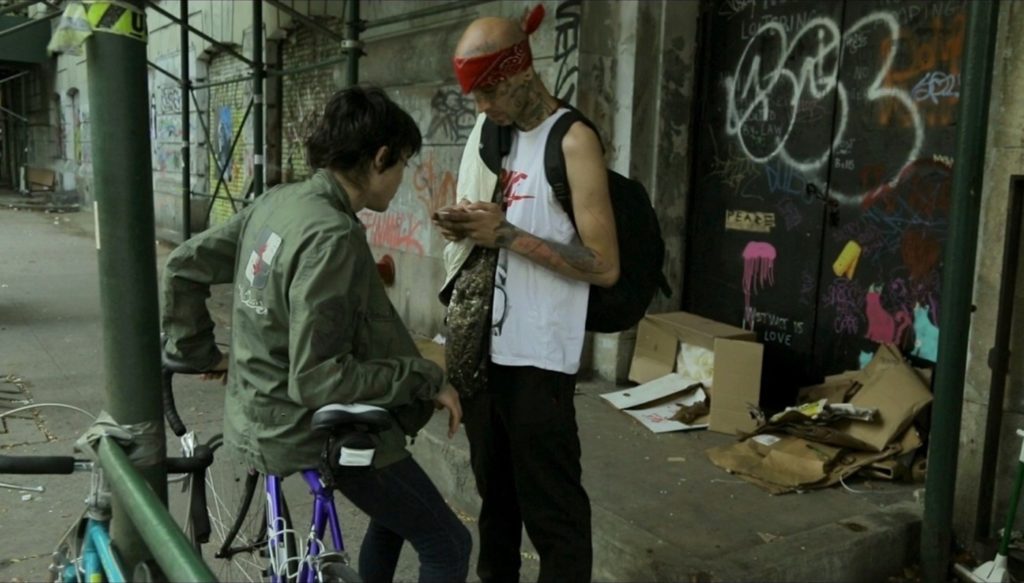
You had already worked with Jake Mestre prior to filming Ekaj. Can you tell us about how you first found him?
I fell in love with “EKAJ” Jake Mestre when he was 16. I found him on Facebook. I wanted to make him a model and took him to an agency but he wasn’t ready yet. He would not listen to me and would always rebel and cut his hair, shave his eyebrows or show up late for a “go see”. He was really impossible to deal with. Instead of giving up on him, I casted him to play the part of the main character in the film, and since he was a rebel, he fit the part perfectly. I know Jake now for a couple of years and watched him grow throughout the Film. He’s like a son to me and is part of my family.
If you’ve already watched the trailer for Ekaj, but want to see the full feature it is still touring the film festival circuit, and will also be temporarily released online very soon. For updates of where you can watch Ekaj follow Cati on Twitter.

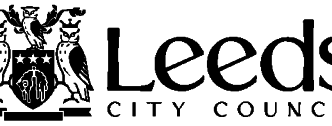
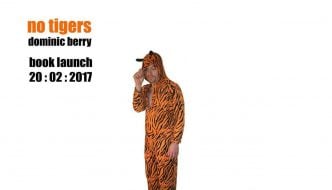
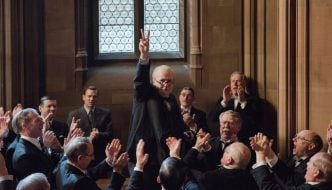
Comments